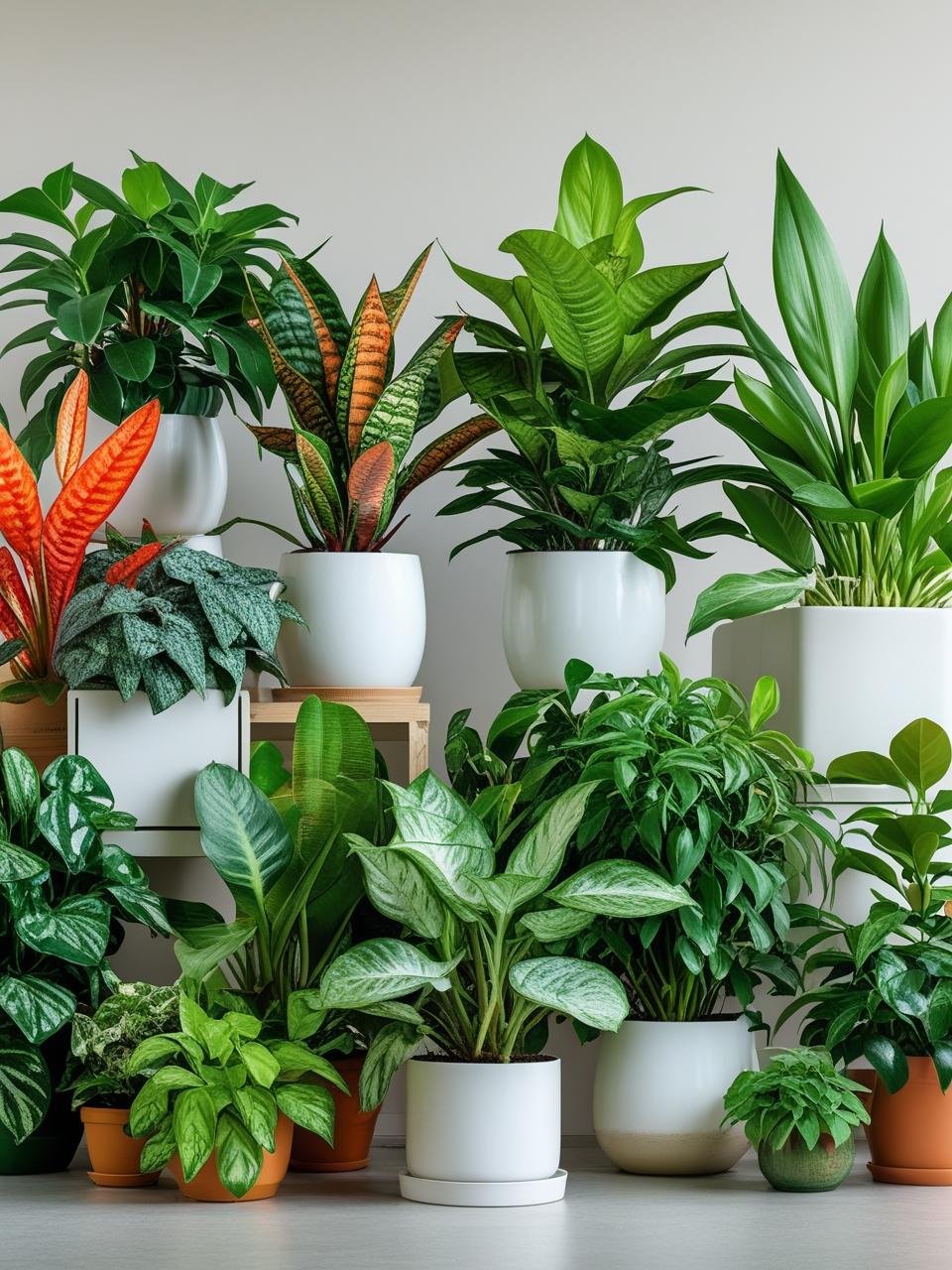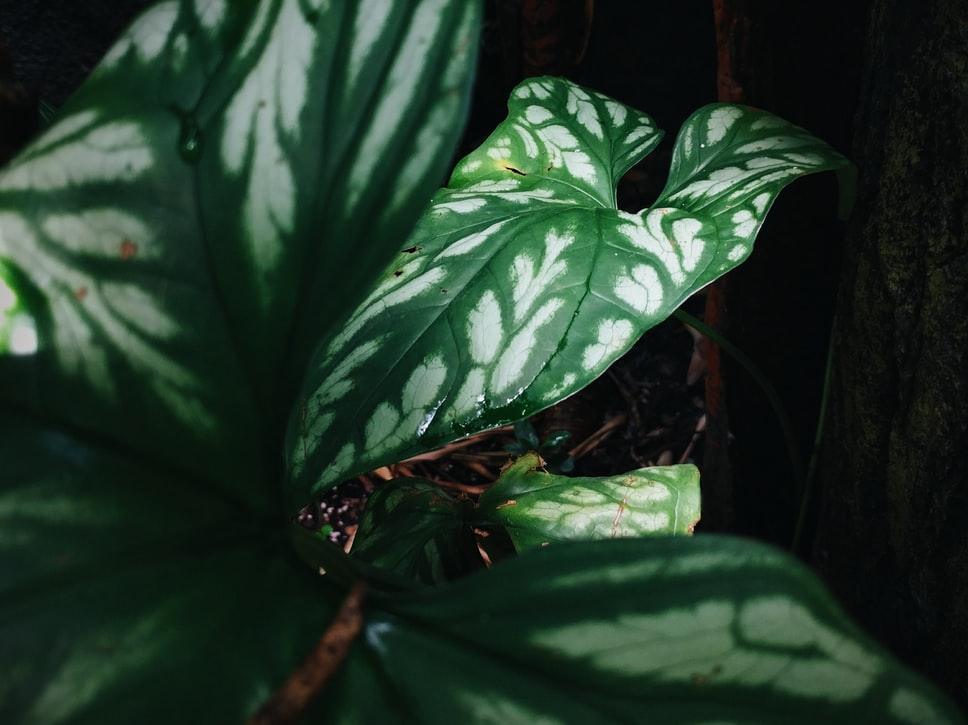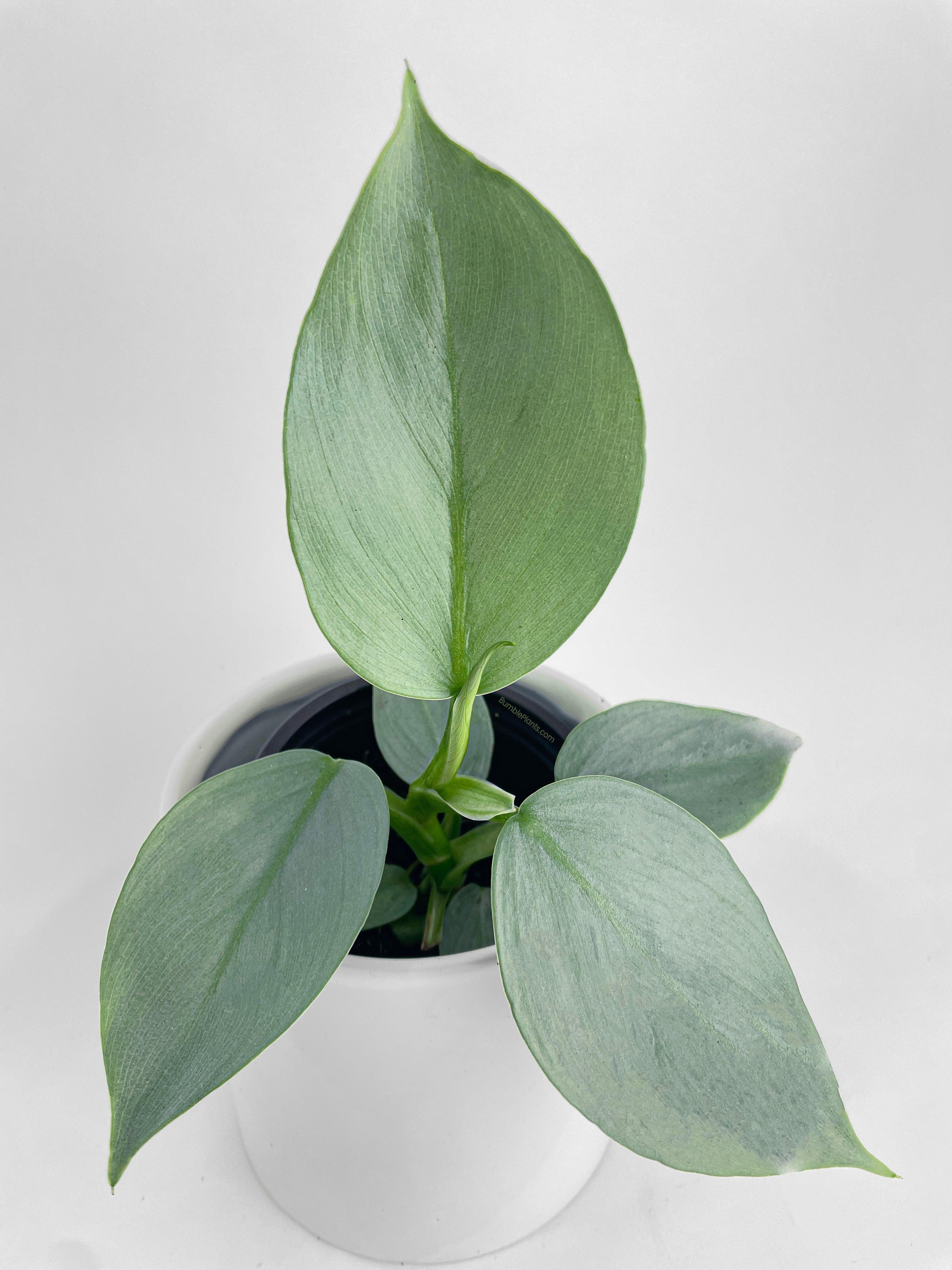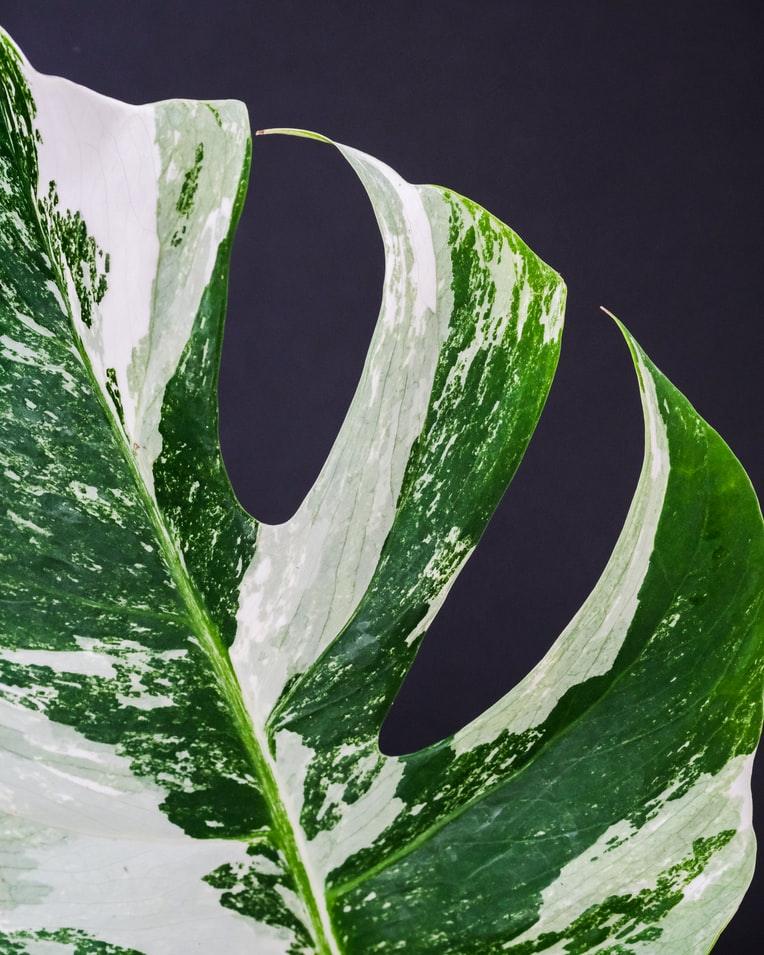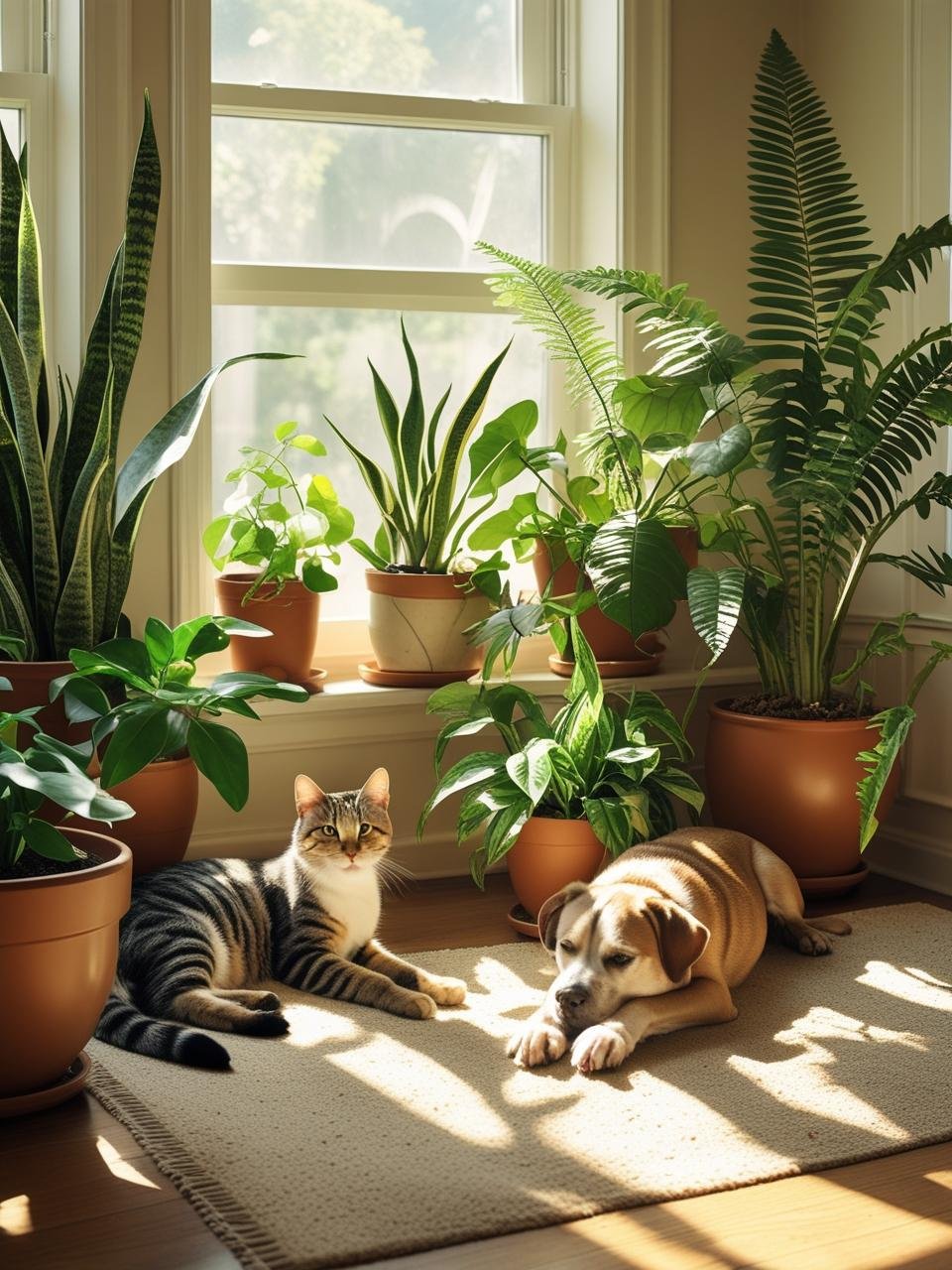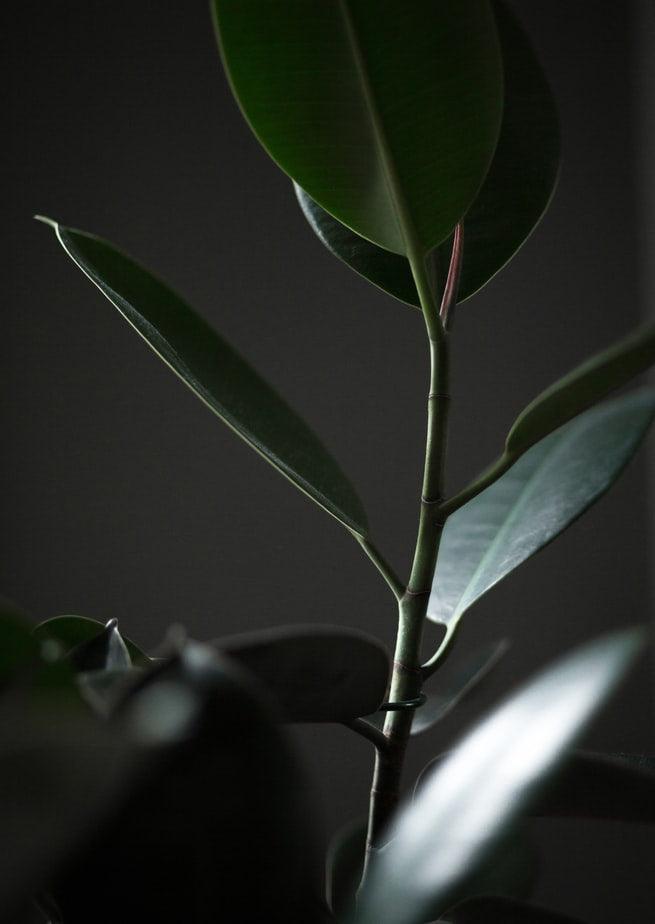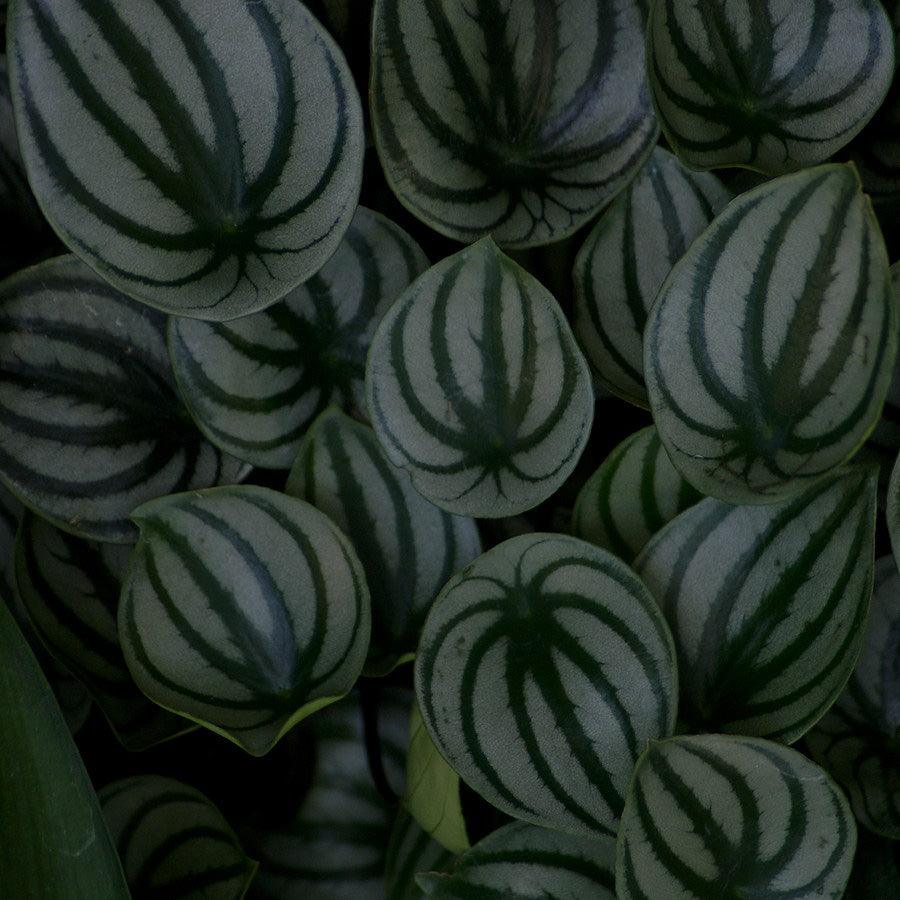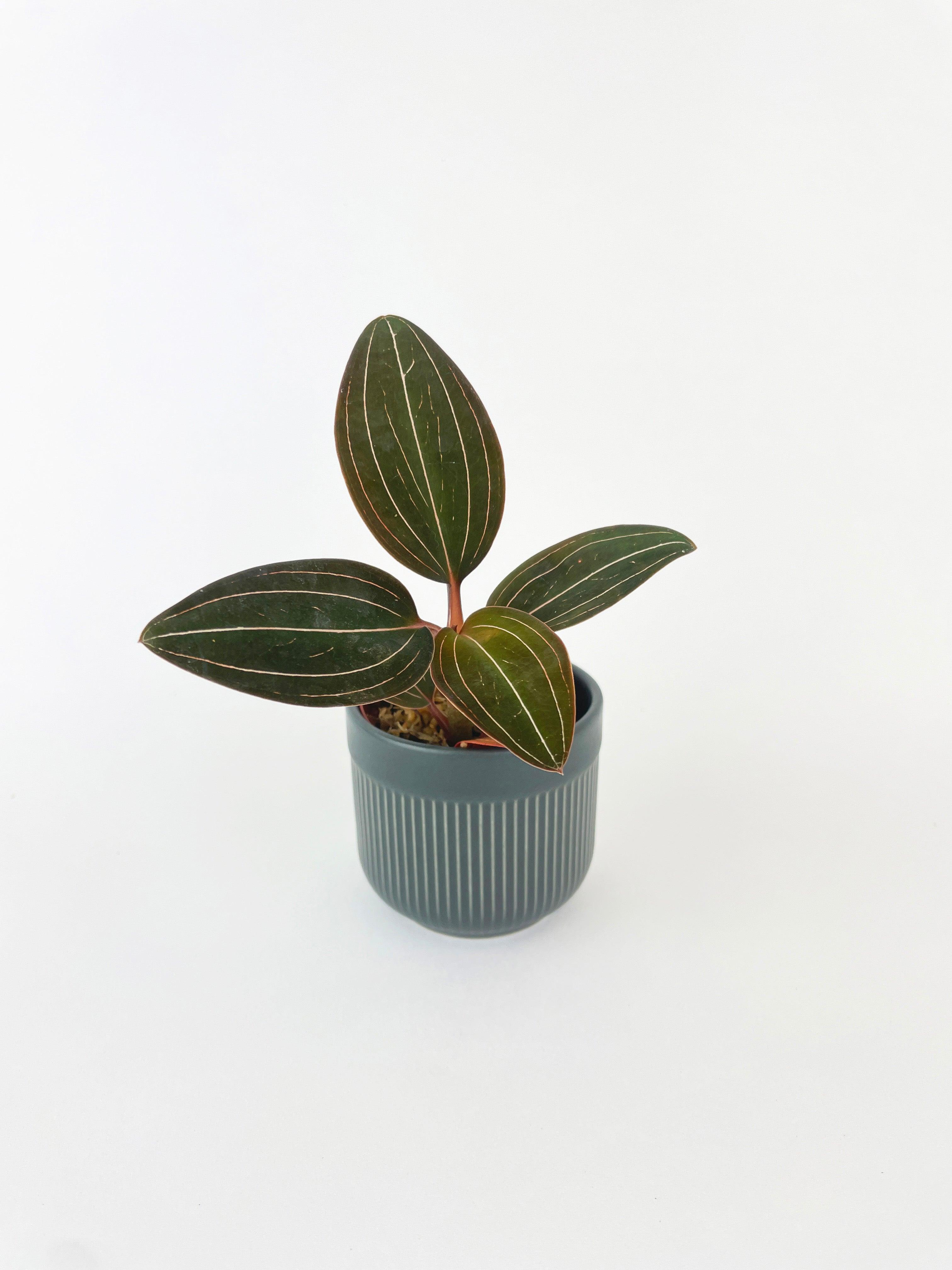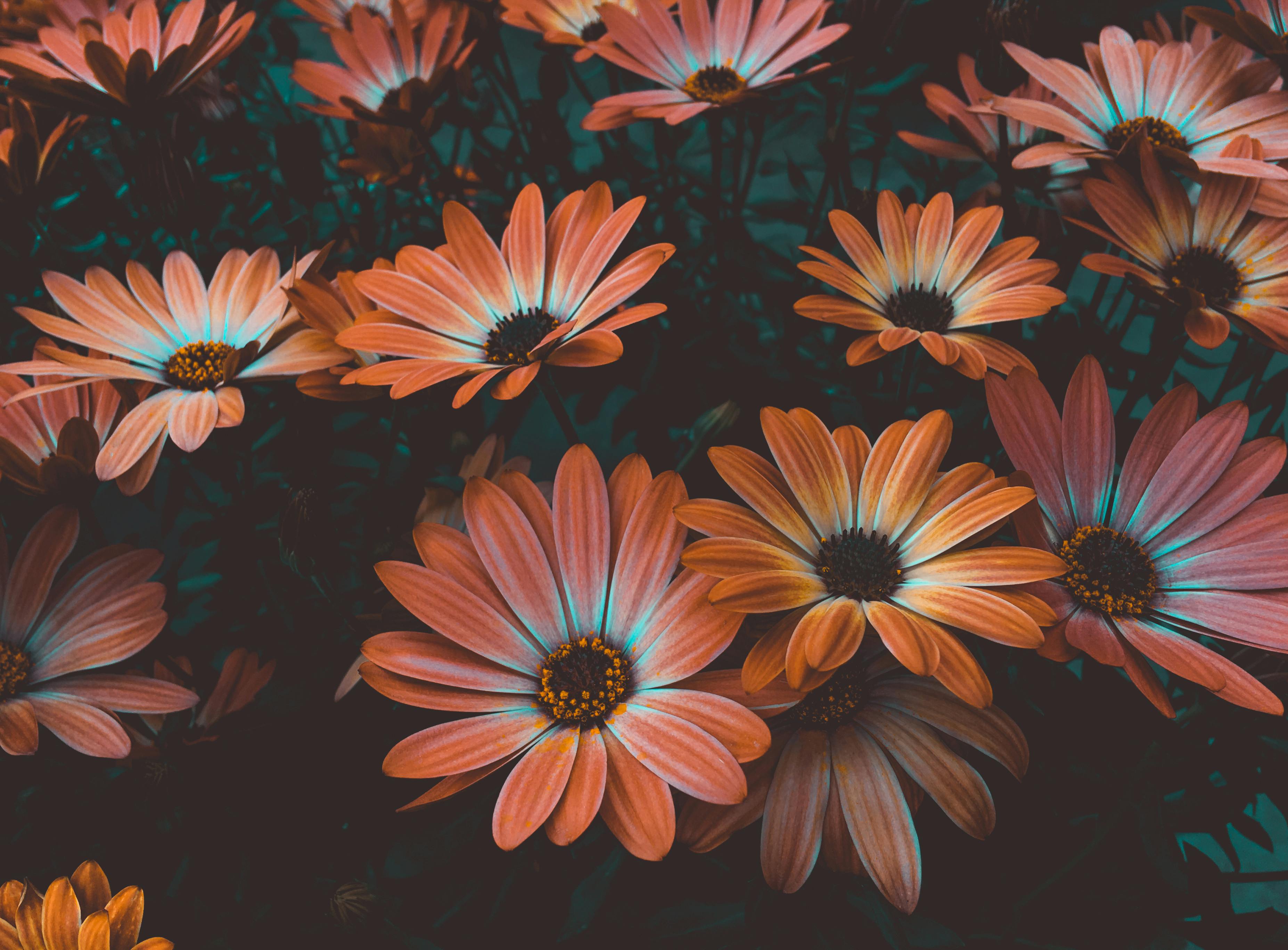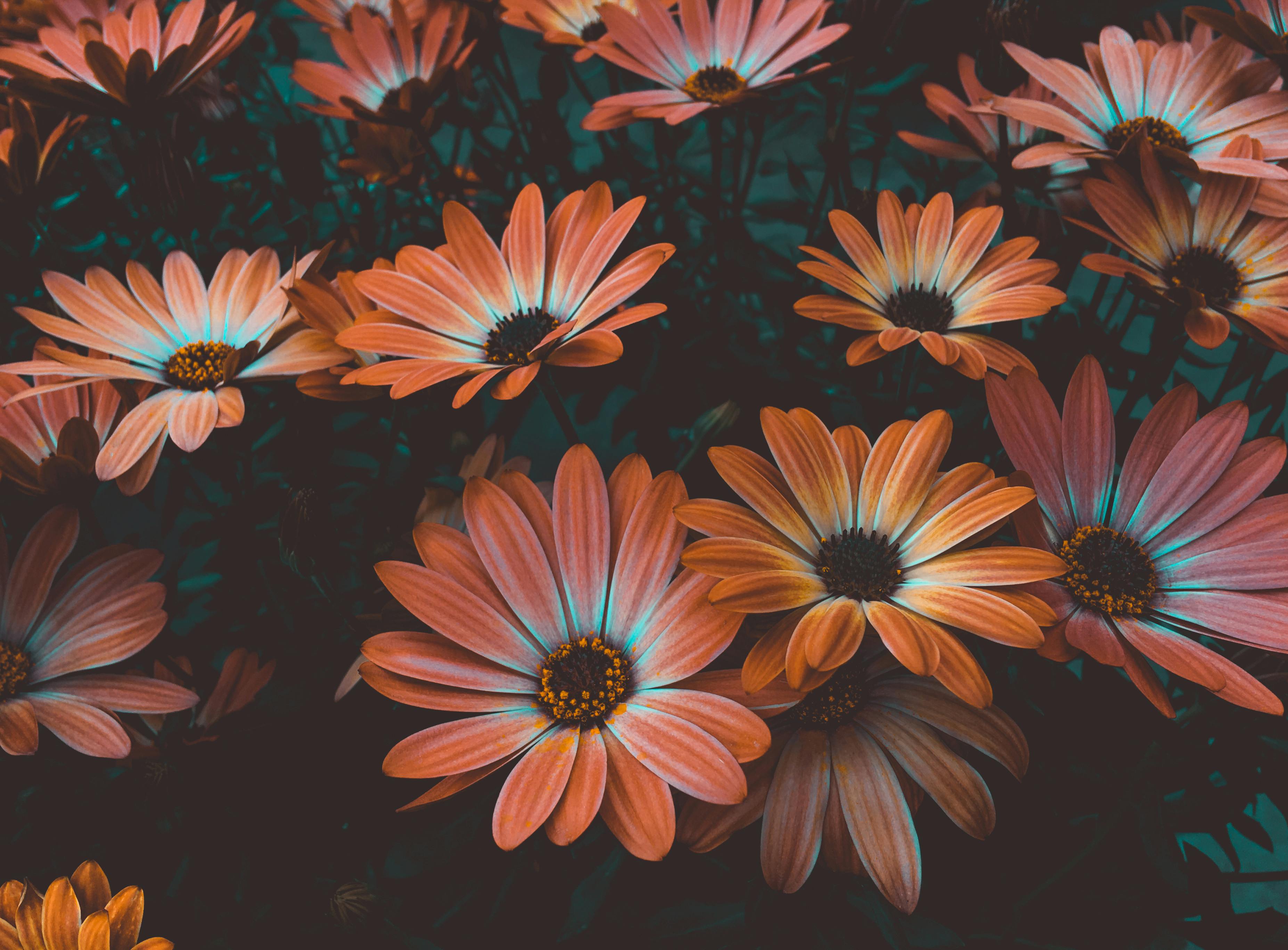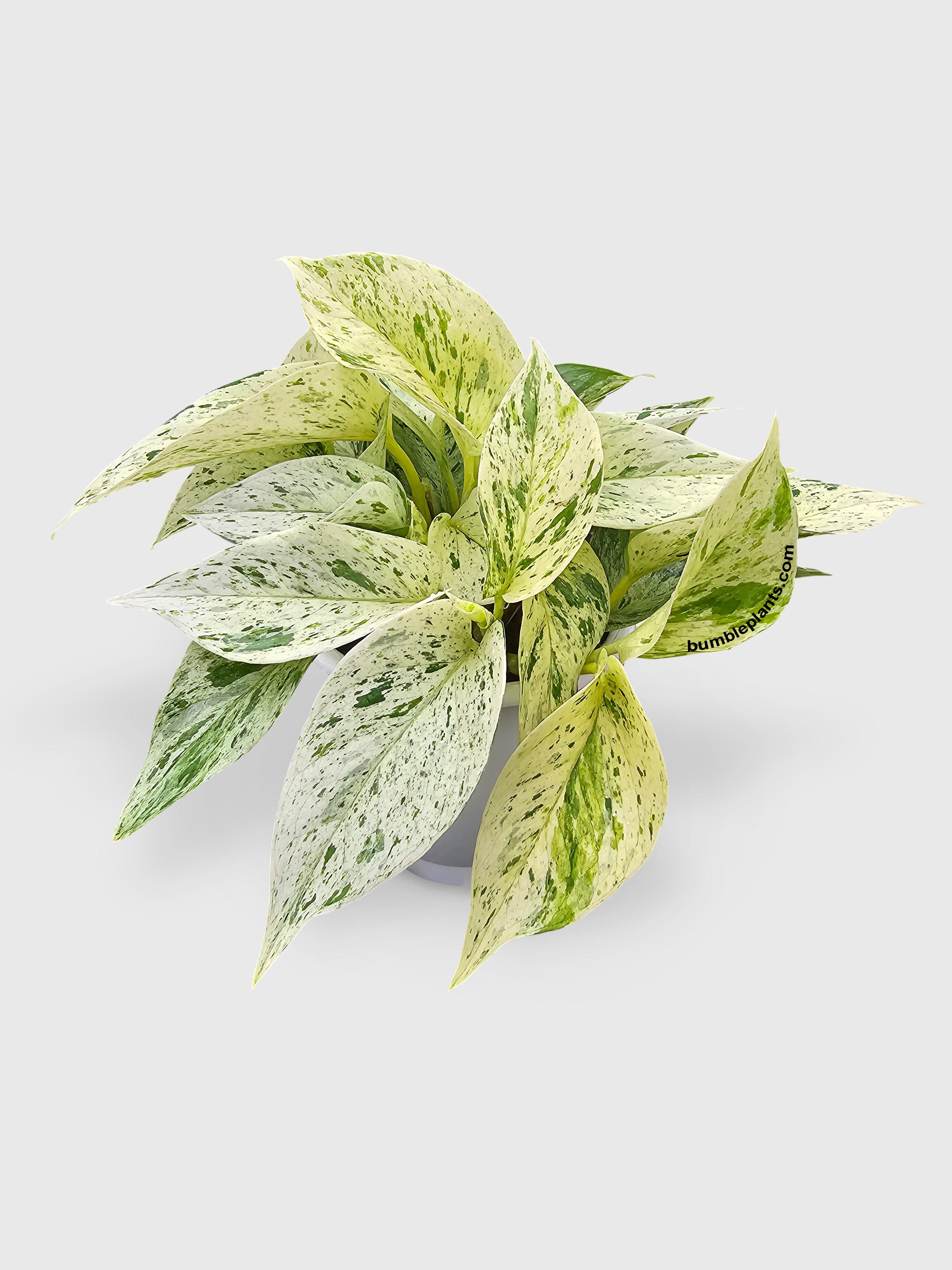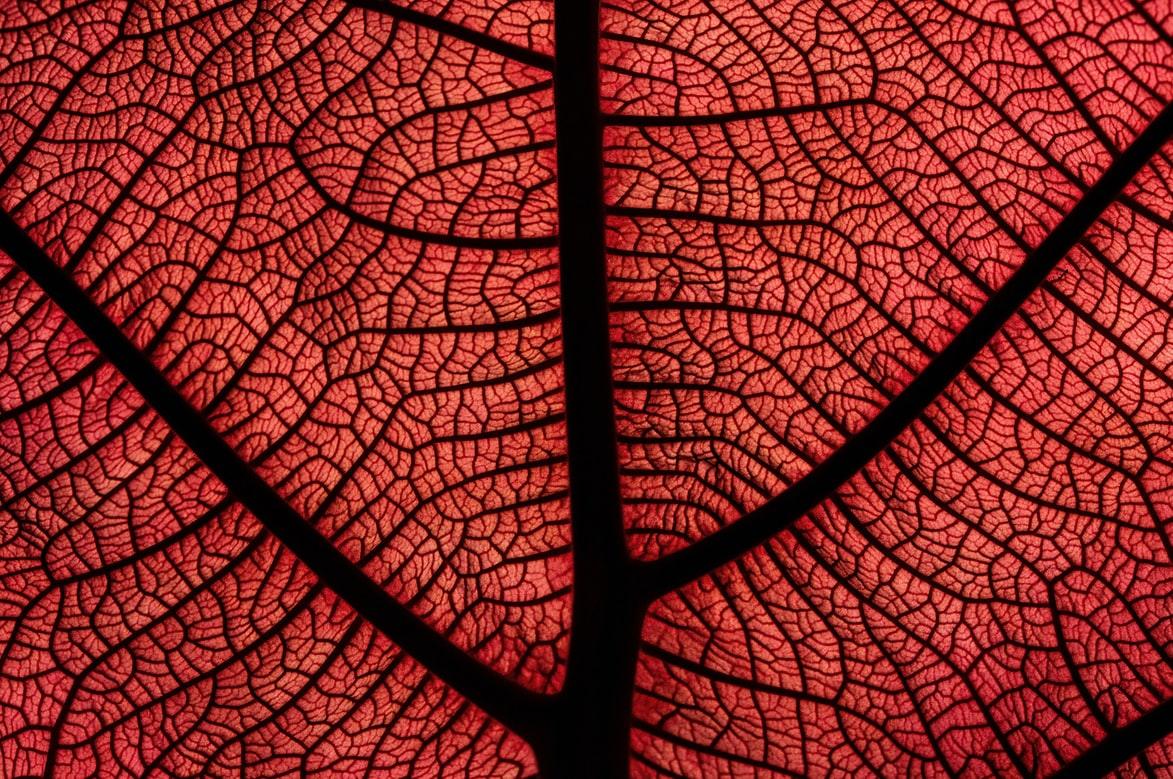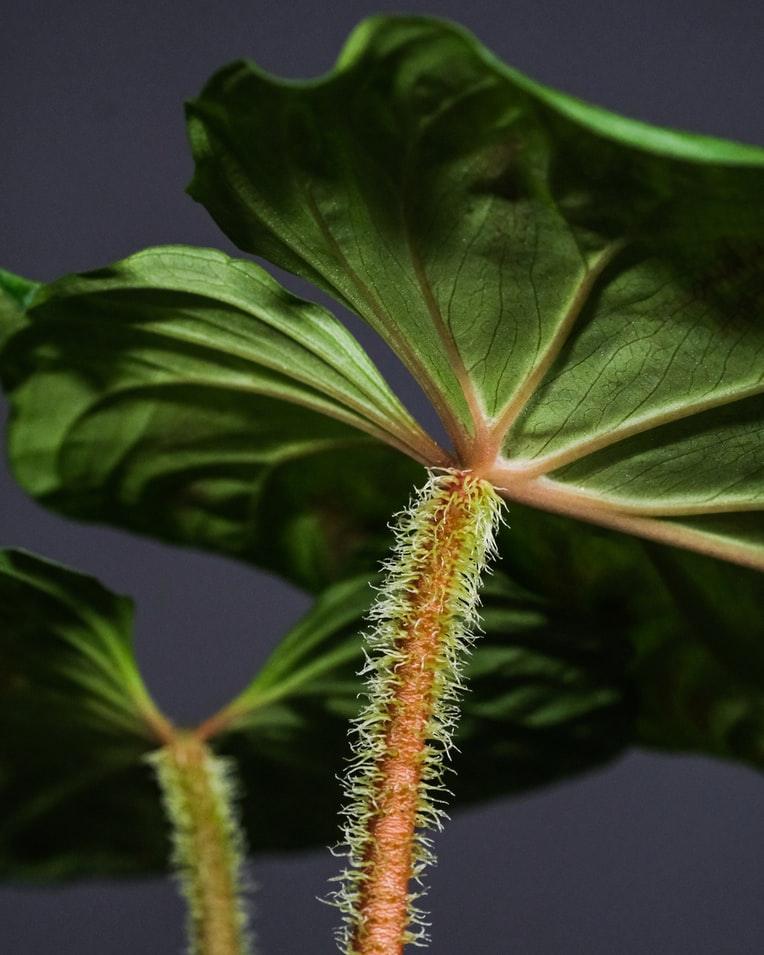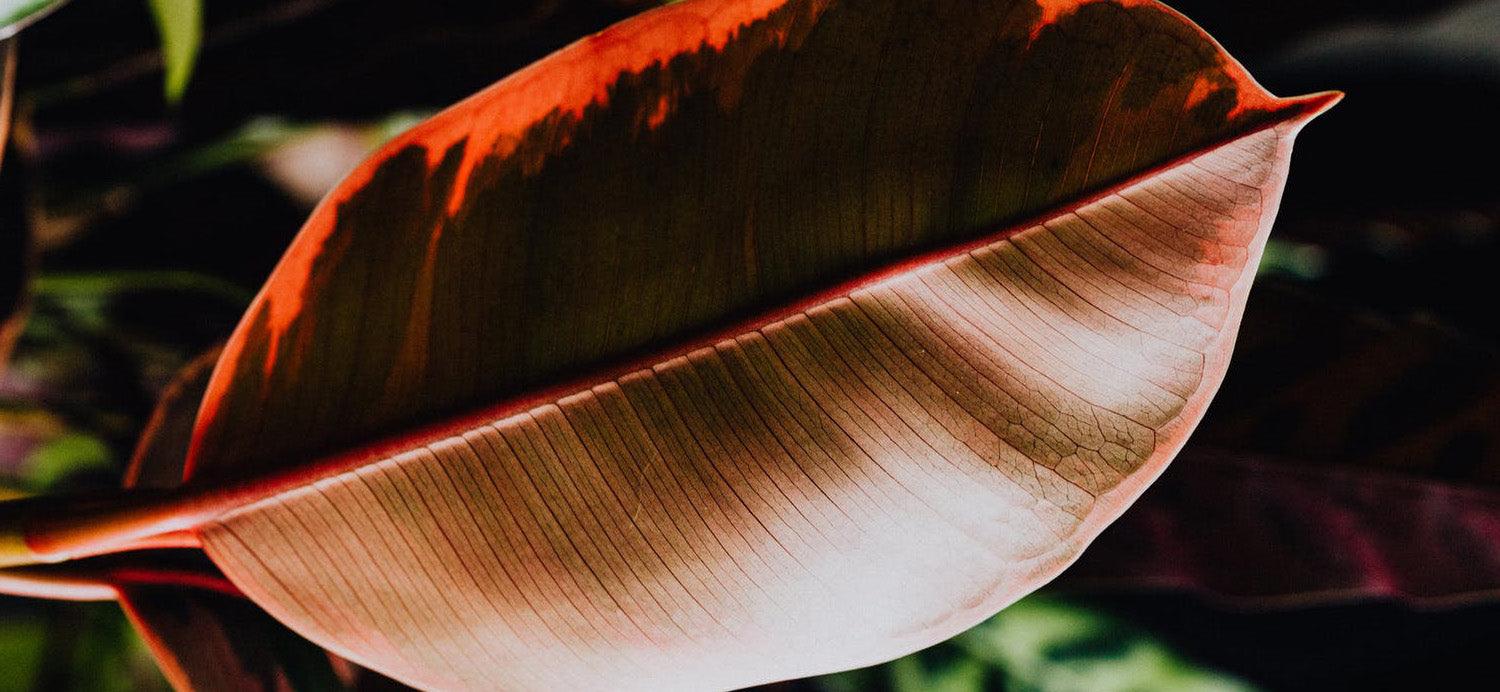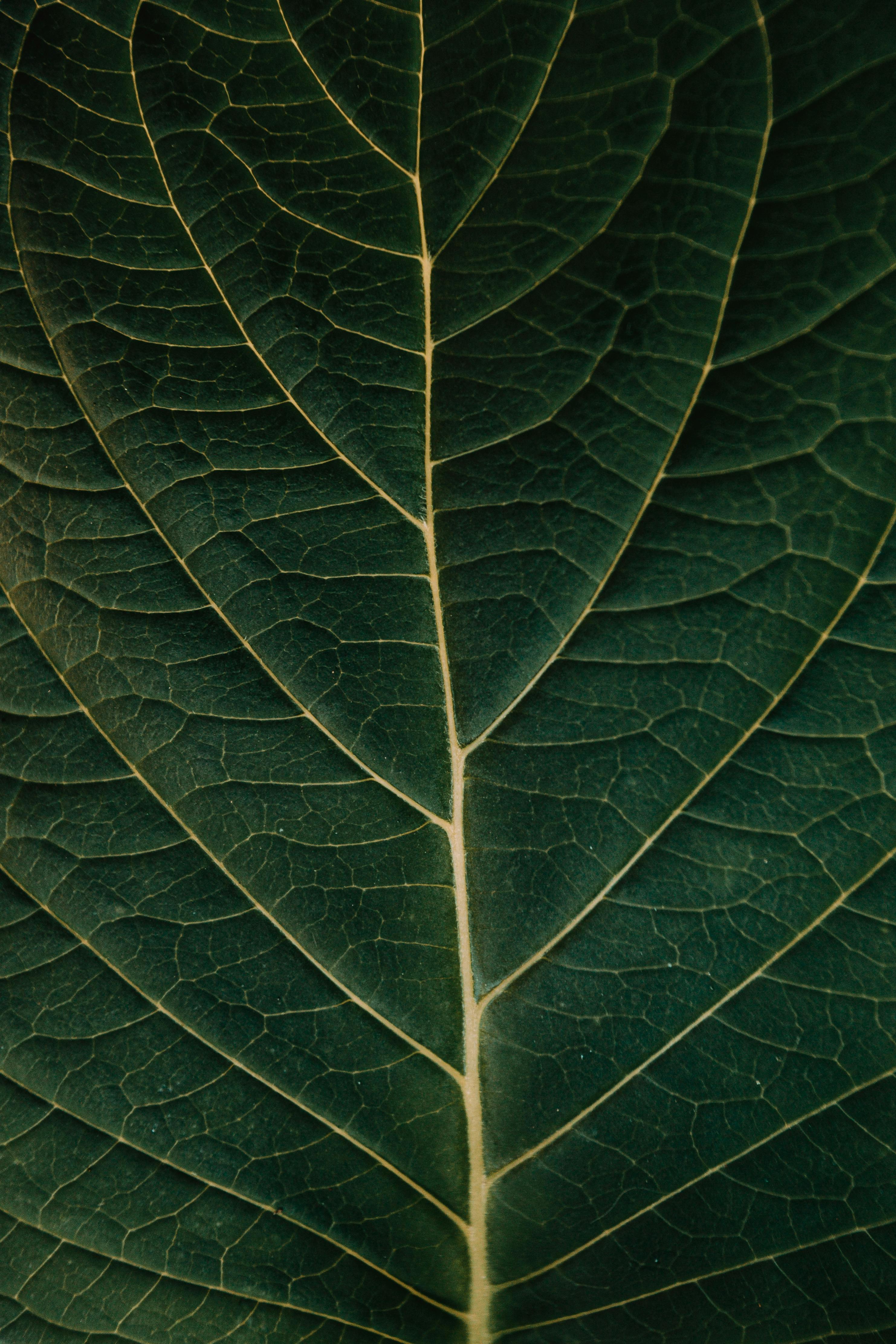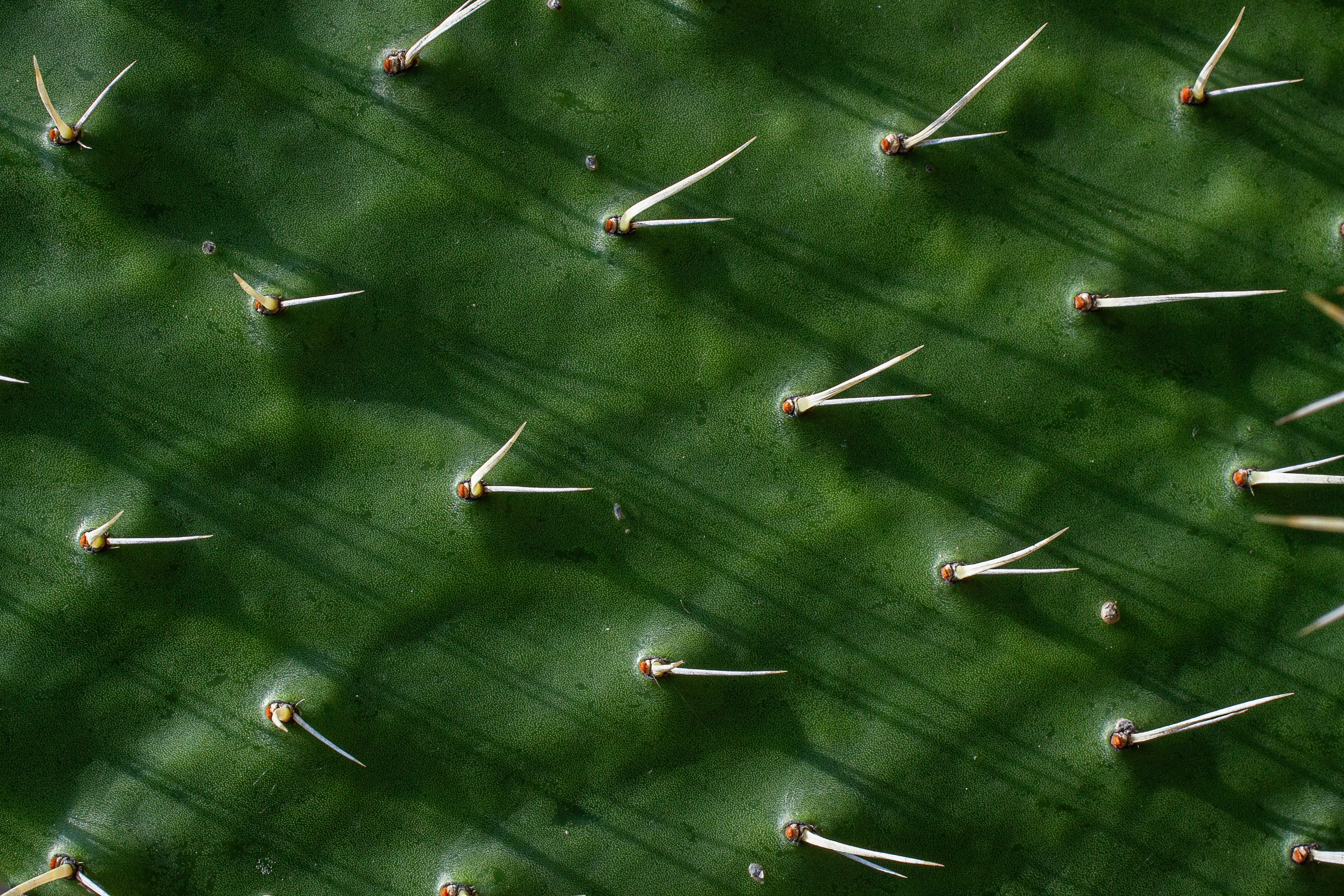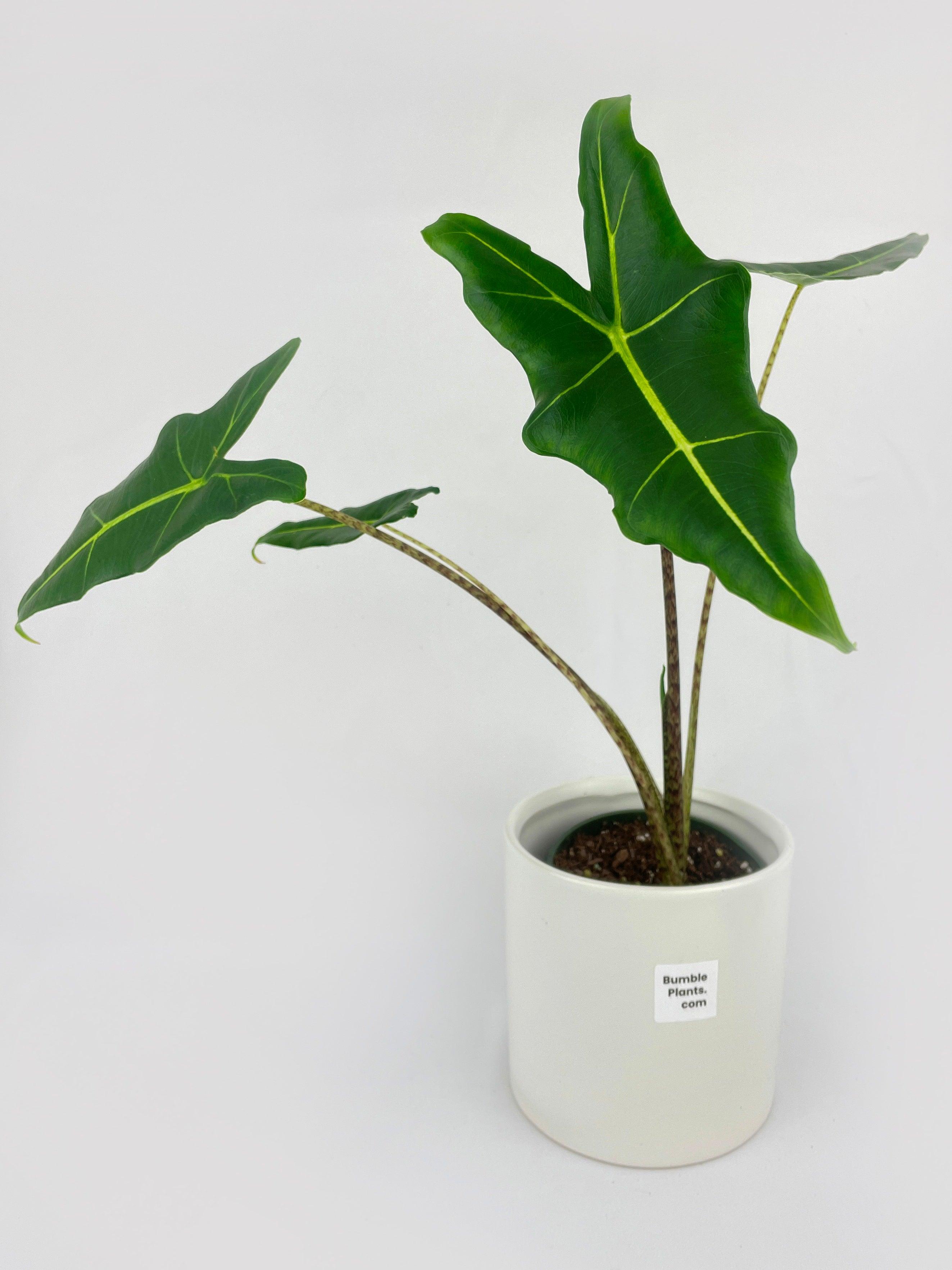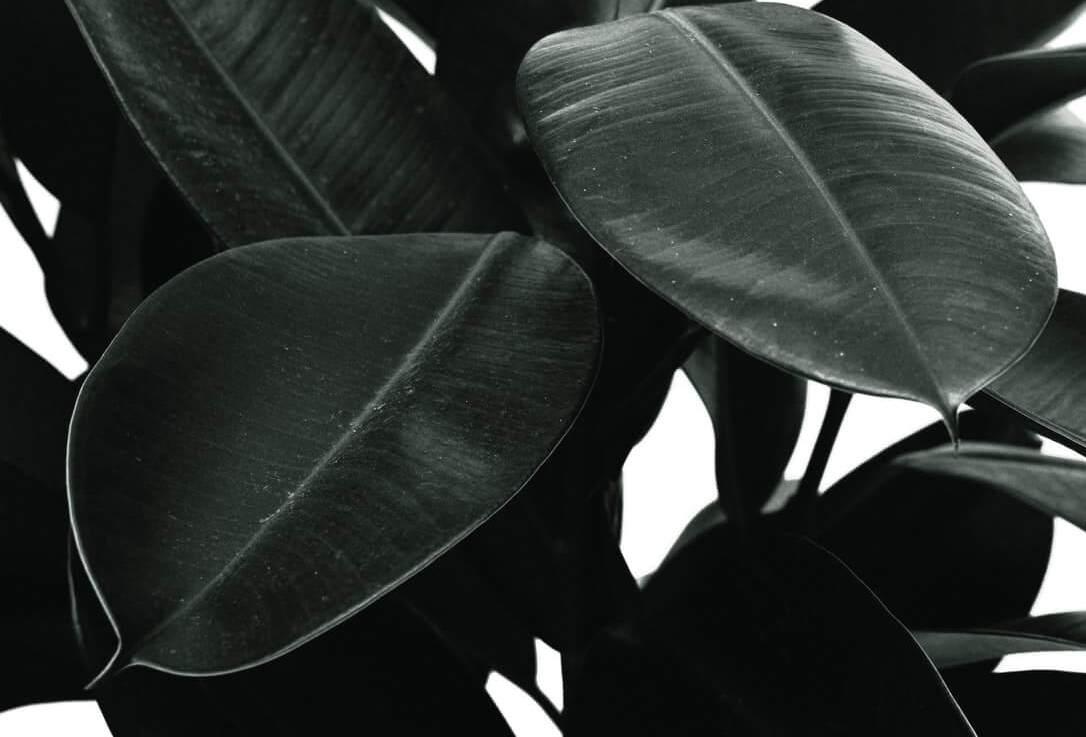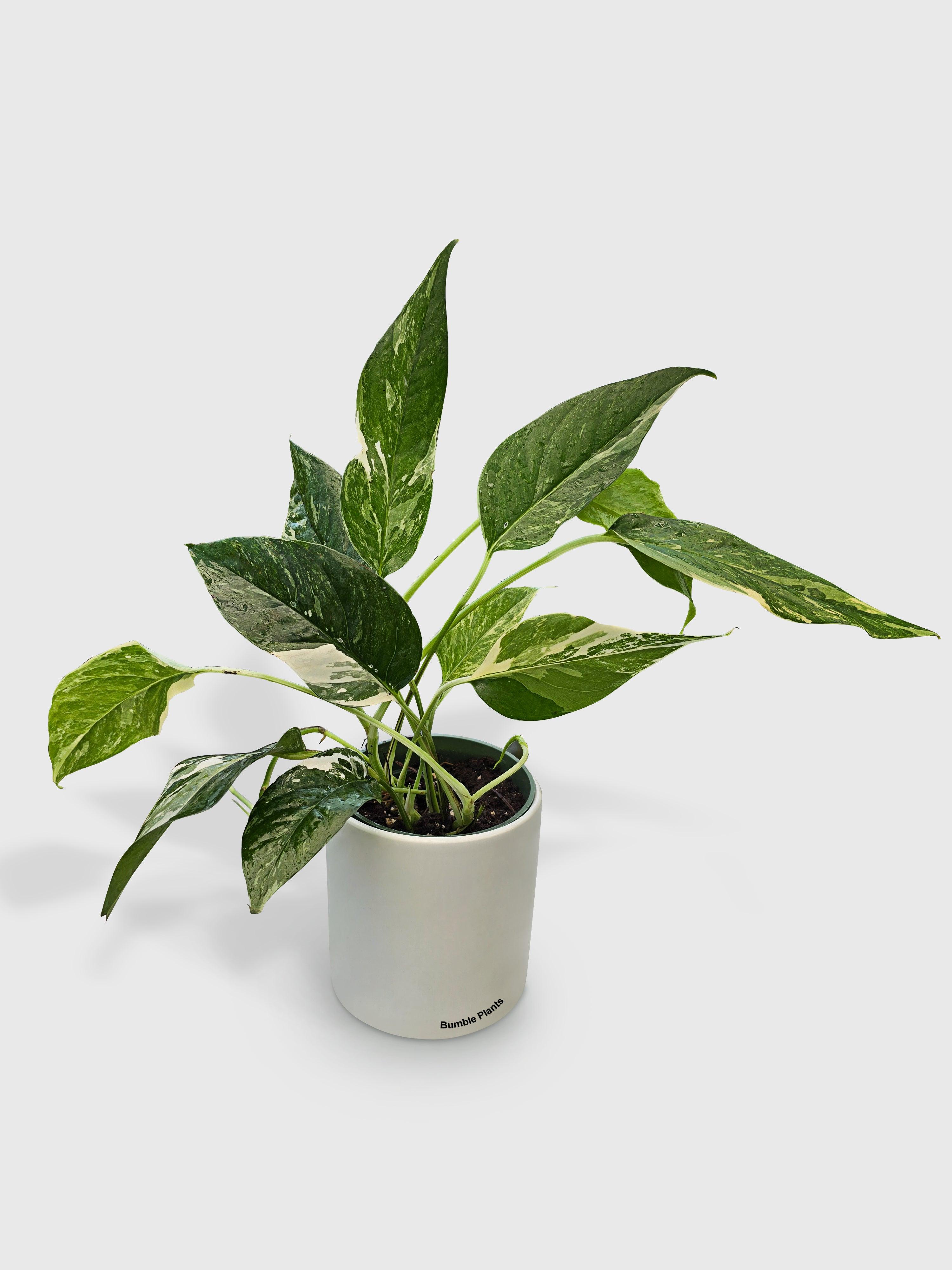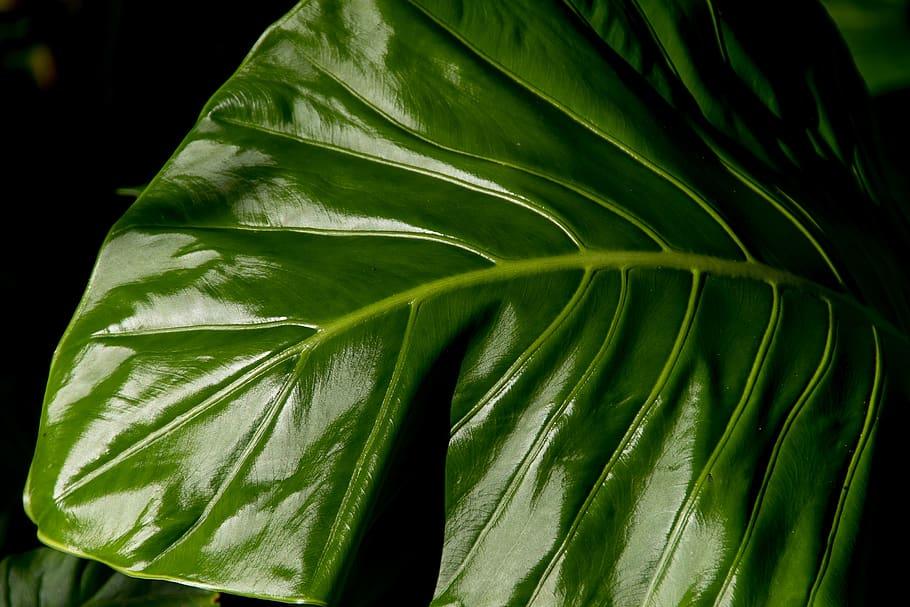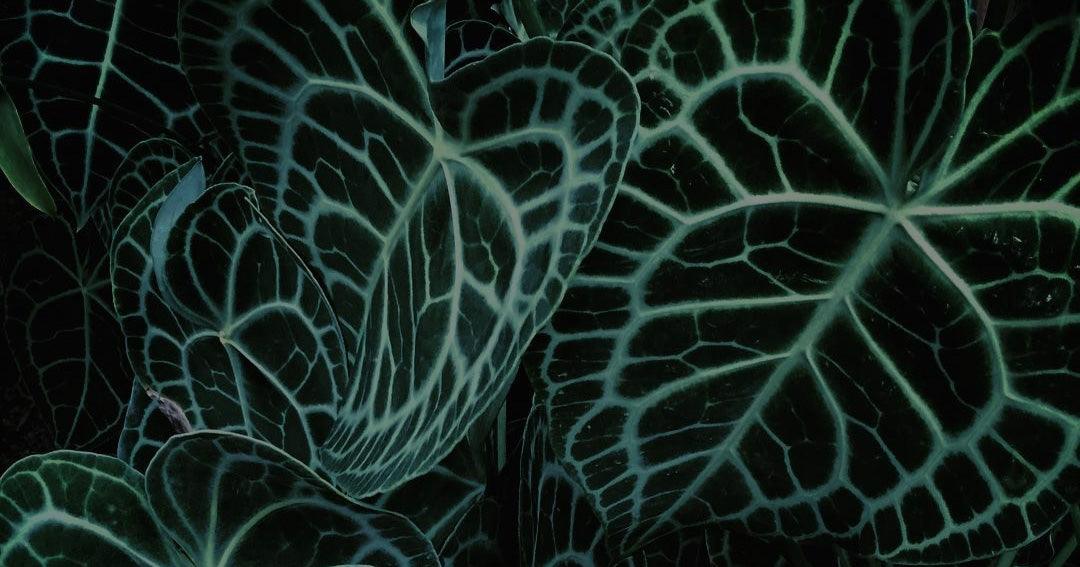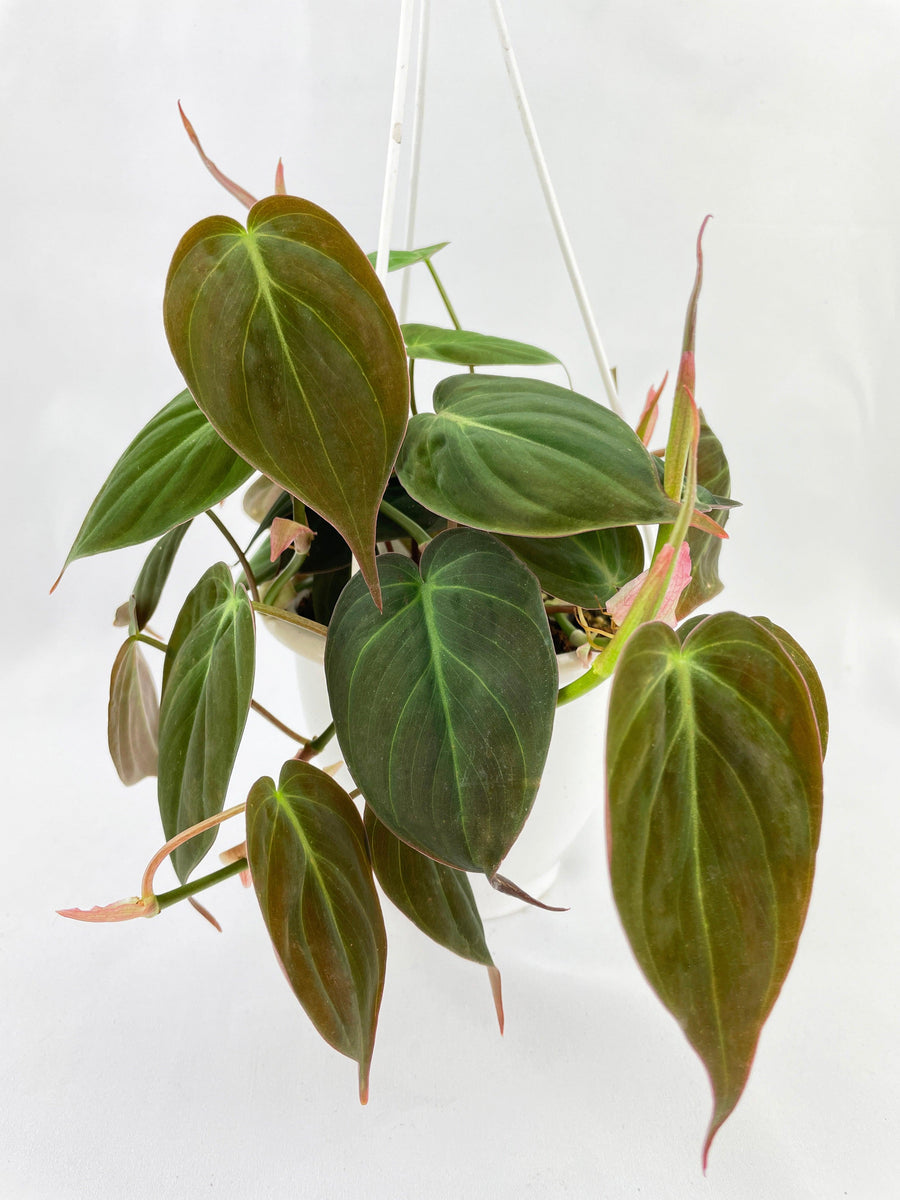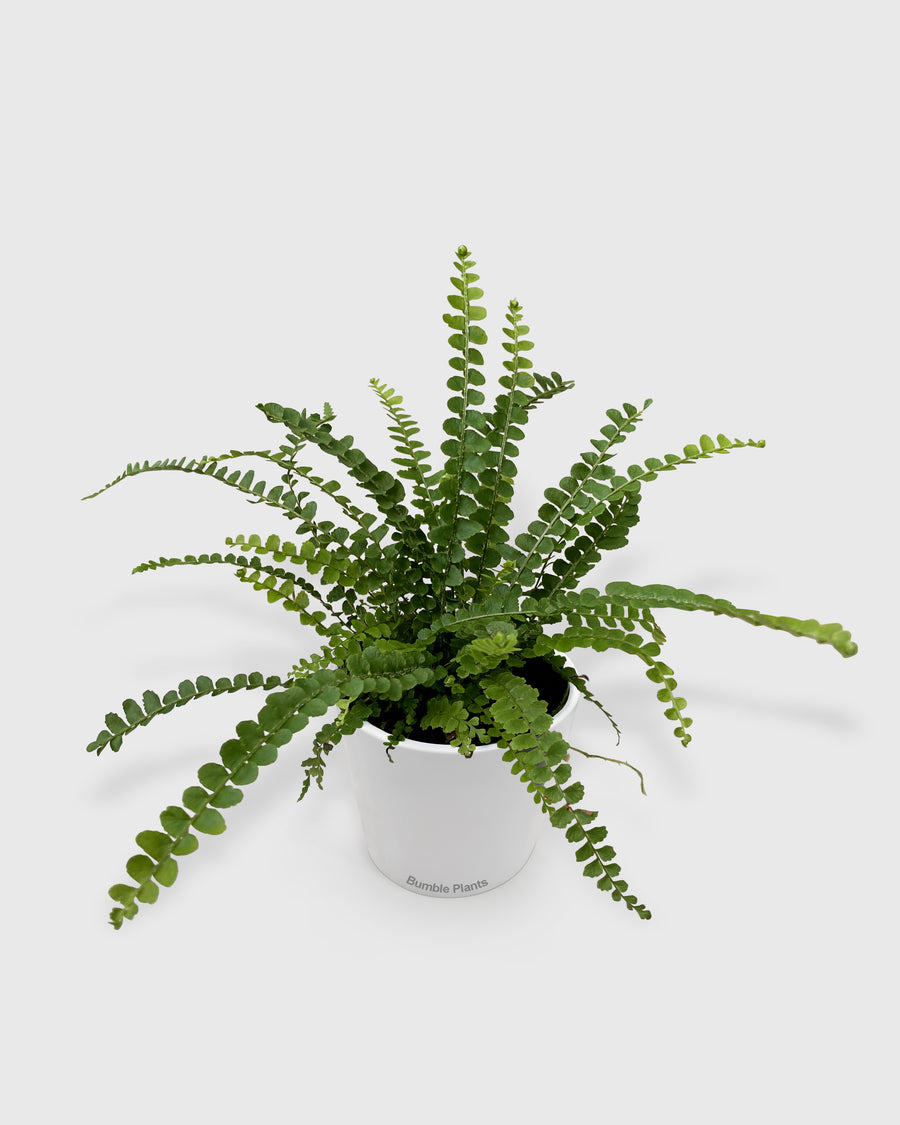Learning About Tropical Plants | A Comprehensive Guide to Learning, Growing, and Preserving
Step into the world of tropical plants, where vibrant colors and unique forms come together. In this guide, we'll be learning about tropical plants, the conditions it needs to thrive, and the best environments for its growth.
This isn't just about gardening—it's an opportunity to appreciate and conserve these resilient plants. Throughout, we'll share practical tips for both beginners and experienced gardeners. Join us in discovering the essentials of learning, growing, and preserving tropical plants, celebrating the beauty of life in tropical ecosystems.
What Defines a Tropical Plant?
Tropical plants, in their essence, are characterized by their love for warmth, thriving in regions near the equator where temperatures remain consistently high. Unlike their counterparts in temperate zones, these plants don't endure harsh winters but bask in the year-round sun of tropical climates.
Key Features:
- Temperature Sensitivity: Tropical plants favor temperatures between 60°F (15°C) and 95°F (35°C), creating a warm haven for their growth.
- Abundance of Rainfall: These plants revel in the frequent, generous rainfall typical of tropical regions, ensuring they receive the hydration essential for their lush foliage.
- Biodiversity: Tropical plants contribute to the immense biodiversity of tropical ecosystems, adapting to a variety of conditions and coexisting with an array of other species.
Conditions for Tropical Plants
Tropical plants thrive in specific environmental conditions that cater to their unique needs. Understanding these conditions is fundamental to fostering their growth and ensuring their well-being.
Climate Requirements for Tropical Plant Growth:
- Temperature Considerations: Tropical plants flourish in warm climates, with temperatures ideally ranging from 60°F (15°C) to 95°F (35°C). Consistent warmth promotes their vitality and overall health.
- Humidity Levels Essential for Tropical Plants: High humidity is a key factor in the success of tropical plants. The lush, humid conditions of tropical regions contribute to their vibrant foliage and robust growth.
Soil Conditions Conducive to Tropical Plant Development:
- Importance of Well-Draining Soil: Tropical plants thrive in well-draining soil that prevents waterlogging, mimicking the natural conditions of their native habitats.
- Nutrient-Rich Soil for Optimal Growth: Fertile soil, rich in nutrients, is crucial for the health and development of tropical plants. Regularly replenishing the soil ensures a continuous supply of essential elements.
The Best Environment for Tropical Plants
Creating the ideal environment for tropical plants involves a thoughtful consideration of both geographical factors and controlled settings.
Ideal Locations for Cultivating Tropical Plants
- Overview of Suitable Geographical Regions: Tropical plants flourish in regions near the equator, including Southeast Asia, South America, and parts of Africa. Understanding the geography helps enthusiasts choose suitable plants for their specific climate.
- Microclimates that Mimic Tropical Conditions: Even if you're not in a tropical region, creating microclimates can mimic the conditions tropical plants love. This involves providing warmth, humidity, and suitable light conditions, often achievable through gardening techniques or indoor cultivation.
Importance of Controlled Environments
- Greenhouse Considerations for Tropical Plant Enthusiasts: Greenhouses offer a controlled environment where temperature, humidity, and light can be regulated, making them excellent spaces for cultivating tropical plants outside their native regions.
- Creating an Indoor Tropical Oasis: For those without access to outdoor tropical conditions, indoor gardening allows enthusiasts to bring the tropical vibe home. Selecting appropriate plants and providing them with the right conditions can transform any space into a lush, indoor tropical oasis.
By understanding the geographical preferences of tropical plants and knowing about controlled environments, you can cultivate a vibrant tropical haven, whether in your backyard or within the confines of your living spaces.
Saving Tropical Plants: Conservation Strategies
Preserving the rich biodiversity of tropical plants is crucial, given the increasing threats to their existence. Implementing effective conservation strategies is a shared responsibility for plant enthusiasts and environmentalists alike.
Understanding the Threats to Tropical Plant Species
- Human Impact on Tropical Ecosystems: Rapid urbanization, deforestation, and unsustainable practices pose significant threats to tropical plant habitats. Recognizing and addressing these human-induced challenges is pivotal for conservation efforts.
- Climate Change and Its Effects on Tropical Flora: The impact of climate change, including rising temperatures and altered rainfall patterns, directly affects tropical plant species. Mitigating these effects requires a concerted effort to address the root causes of climate change.
Conservation Initiatives and Their Impact
- Role of Botanical Gardens and Preservation Efforts: Botanical gardens play a crucial role in the conservation of tropical plants, acting as living museums and centers for research. Supporting these institutions contributes directly to the preservation of diverse plant species.
- Community Involvement in Tropical Plant Conservation: Engaging local communities in conservation efforts is vital. Raising awareness, promoting sustainable practices, and involving communities in reforestation projects can have a positive impact on the preservation of tropical plants.
Characteristics of a Tropical Plant
Tropical plants showcase a remarkable array of features that set them apart in the world of flora. Exploring these characteristics provides insight into their adaptability, resilience, and aesthetic appeal.
Exploring the Diverse Array of Tropical Plant Species
- Rich Diversity: From towering trees to delicate shrubs and groundcover plants, tropical ecosystems host a diverse range of plant species. Each contributes uniquely to the ecosystem, creating a harmonious balance.
- Adaptations to Tropical Environments: Tropical plants have evolved specific adaptations to thrive in their native environments. These adaptations may include specialized root systems, unique leaf structures, or symbiotic relationships with other organisms.
Examining Unique Features and Adaptations
- Distinctive Foliage: Tropical plants often boast vibrant and large leaves, designed to capture sunlight efficiently in the dense tropical canopies.
- Floral Beauty and Diversity: The tropical plant kingdom is renowned for its stunning flowers, exhibiting a breathtaking variety of shapes, colors, and fragrances.
- Cultural Significance and Aesthetics: Beyond their ecological roles, tropical plants hold cultural significance in various societies. Their aesthetic appeal extends to art, traditions, and practices, making them integral to the fabric of tropical cultures.
The Three Types of Tropical Plants
Tropical plants can be categorized into three main types, each playing a distinctive role in the intricate tapestry of tropical ecosystems.
Introduction to the Main Categories
- Tropical Trees and Their Ecological Role: Towering over the canopy, tropical trees form the backbone of these lush ecosystems. They provide habitat, regulate climate, and contribute significantly to the biodiversity of tropical regions.
- Tropical Shrubs: Versatile and Vibrant: Shrubs in tropical environments add layers to the vegetation, offering diverse habitats for various species. Their adaptability and vibrant foliage make them essential components of the tropical landscape.
- Groundcover Plants in Tropical Ecosystems: Often overlooked but equally crucial, groundcover plants play a vital role in maintaining soil health, preventing erosion, and providing habitat for smaller organisms. Their low-growing nature contributes to the overall biodiversity of the forest floor.
Tropical Shrubs: Versatile and Vibrant
- Adaptability to Diverse Habitats: Tropical shrubs showcase adaptability to various environmental conditions, from rainforests to savannas. Their ability to thrive in different habitats contributes to the overall resilience of tropical ecosystems.
- Vibrant Foliage and Flowering Patterns: The foliage of tropical shrubs often exhibits vibrant colors and unique patterns. Many tropical shrub species produce eye-catching flowers, adding bursts of color to the understory of tropical forests.
Groundcover Plants in Tropical Ecosystems
- Maintaining Soil Health: Groundcover plants, including mosses and low-growing vegetation, play a crucial role in preventing soil erosion. Their presence helps maintain the integrity of the forest floor and promotes a healthy environment for other plant species.
- Habitat for Small Organisms: The dense carpet of groundcover provides a habitat for various small organisms, including insects, amphibians, and reptiles. This microcosm of life contributes to the overall biodiversity of tropical ecosystems.
By understanding the roles that trees, shrubs, and groundcover plants play in tropical ecosystems, enthusiasts gain a holistic perspective on the interdependence of these categories and the importance of preserving each for the overall health of tropical environments.
Learning Tropical Plants: Practical Applications
To cultivate a thriving tropical garden, it's essential to dive into the practical aspects of learning about these plants. This section focuses on identification techniques, horticulture practices, and tips for successful cultivation.
Tropical Plant Identification Techniques
- Importance of Recognizing Different Species: A fundamental step in tropical plant care is the ability to identify different species. This knowledge aids in providing specific care and addressing the unique needs of each plant.
- Tools and Resources for Effective Identification: Utilizing field guides, online resources, and engaging with local botanical communities can enhance your ability to identify tropical plants accurately. These tools empower enthusiasts to confidently navigate the diverse world of tropical flora.
Tropical Horticulture: Tips for Successful Cultivation
- Propagation Methods for Tropical Plants: Learning effective propagation methods, such as seed germination, cutting propagation, or division, is crucial for expanding your tropical plant collection.
- Essential Care Practices for Thriving Tropical Gardens: Understanding the specific care requirements, including watering, fertilizing, and pest control, ensures the health and vibrancy of tropical plants in your garden.
Conclusion
As we conclude learning about tropical plants, it's evident that these vibrant and diverse species hold both aesthetic and ecological significance. From understanding what defines a tropical plant to exploring conservation strategies, we've covered the essentials of learning, growing, and preserving these botanical treasures.
In this exploration, we've celebrated the unique characteristics of tropical plants, from their distinctive foliage to their cultural significance. We've learned the three main types—trees, shrubs, and groundcover plants—unveiling their roles in maintaining the balance of tropical ecosystems.
Remember, the journey of learning tropical plants is a continuous one. Whether you're a novice enthusiast or an experienced gardener, there's always more to discover and appreciate. As you learn more on your own, consider the practical applications shared in this guide—identification techniques, horticulture practices, and conservation efforts.
In the end, our hope is that this guide serves as a valuable resource, inspiring a deeper connection with tropical plants and fostering a commitment to their preservation. By learning, growing, and actively participating in conservation initiatives, we contribute to the rich tapestry of life that thrives beneath the tropical canopies.


